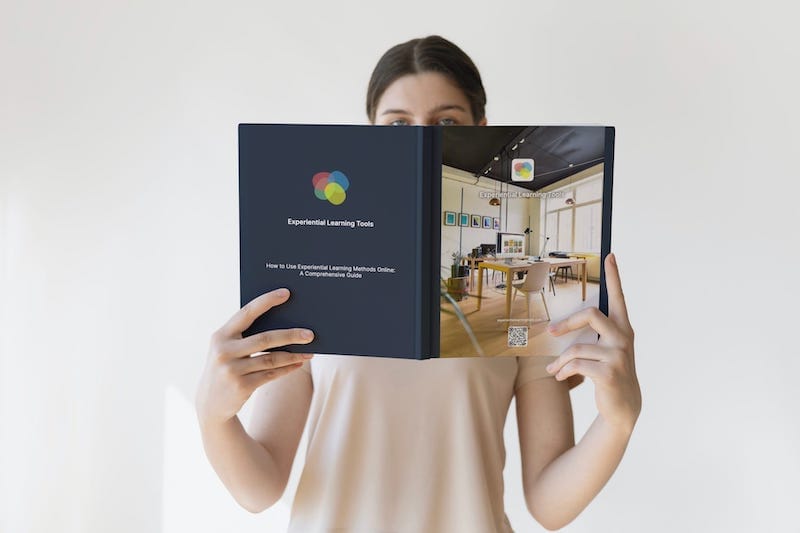Trust, a crucial element in any relationship, becomes even more significant in the context of online or virtual learning environments. In my previous explorations with managers and leaders about the concept of trust, a common sentiment echoed: trust is hard to build but easy to destroy. This statement rings especially true in the remote learning landscape, where physical distance can create unique challenges in establishing trust. As we adapt to an increasingly online world, understanding and applying the Trust Equation in virtual settings is vital.
The Trust Equation in Virtual Context
Charles H. Green's Trust Equation, which I recently discovered during a workshop in Poland, offers a compelling framework to understand trustworthiness in the realm of online learning. The equation is straightforward yet profound:
Trustworthiness = Credibility + Reliability + Intimacy ÷ Self-Orientation.
Let's break down each component, especially focusing on their relevance in virtual learning environments.
Credibility in online learning
Credibility in an online setting hinges on how instructors or facilitators present their knowledge and expertise. In a world where information is at our fingertips, educators in virtual platforms need to demonstrate a command over their subject matter, articulate their thoughts clearly, and make learners feel confident in their competence. This can be achieved through well-prepared content, engaging delivery, and a thorough understanding of the digital tools at their disposal.
Reliability: A cornerstone in virtual settings
In remote learning, reliability takes on new dimensions. It's not just about meeting deadlines or fulfilling promises; it's also about being consistently present and accessible in a virtual space. Reliability means ensuring that online learning platforms are stable, resources are available as promised, and support is provided when technical issues arise. It’s about creating a dependable online learning environment where students feel supported.
Intimacy: building safe virtual spaces
Intimacy in a virtual learning environment is about creating a safe, secure space where learners feel comfortable sharing their thoughts and concerns. This involves respecting privacy, ensuring confidentiality, and fostering an inclusive online community. Educators need to be empathetic and responsive to the diverse emotional needs of learners who might be spread across different geographies and cultures.
Self-Orientation: The balancing act
In the virtual learning context, self-orientation refers to the educator's focus on the learners rather than on themselves. This can be challenging in a remote setup, where personal connection is less tangible. Educators need to actively listen, engage with student feedback, and tailor their teaching methods to meet the diverse needs of their online audience. Reducing self-orientation means prioritizing the learning experience over the delivery method.
Applying the trust equation in online learning
The trust equation is applicable to all learning however our focus here at Experiential Learning Tools is
virtual/online learning experiences. As some practical applications of the Trust Equation in virtual learning, consider these activities:
-
Images of Resilience: A card based activity that uses visual metaphors to drive discussion points
-
Emergency Delivery: Highlights the importance of trust in making swift decisions and fostering high-performance virtual teams.
-
Colourblind: Activities like Colourblind are excellent (and well established in the real world) to help improve communication and a shared vocabulary
Summary
In the virtual learning world, where direct human interaction is limited, the Trust Equation becomes a powerful tool. By focusing on credibility, reliability, intimacy, and reducing self-orientation, educators and learners can create a more trustworthy and effective online learning environment. As we continue to navigate and grow in this digital era, let's use these insights to foster stronger, trust-based relationships in our virtual classrooms and beyond.

